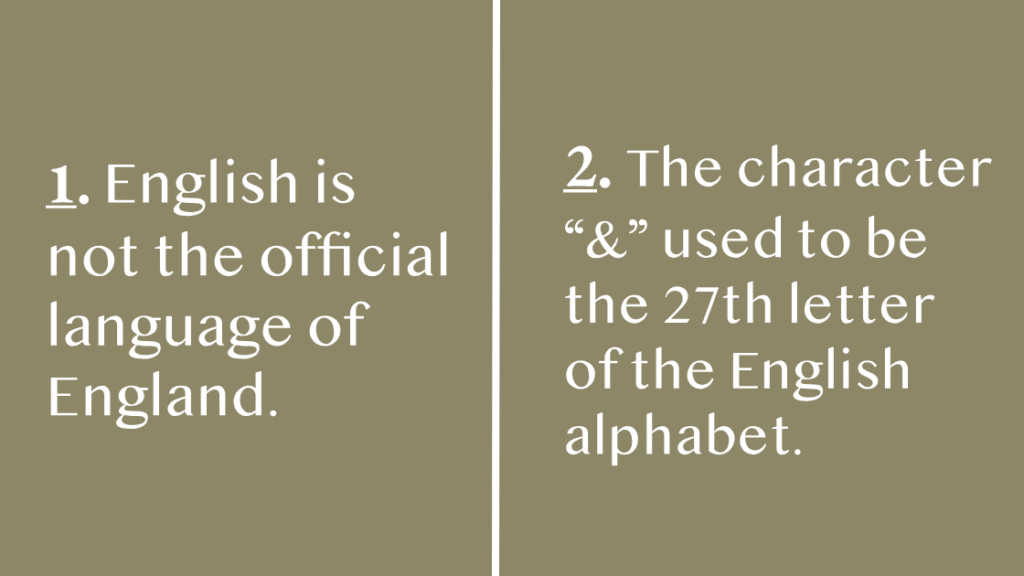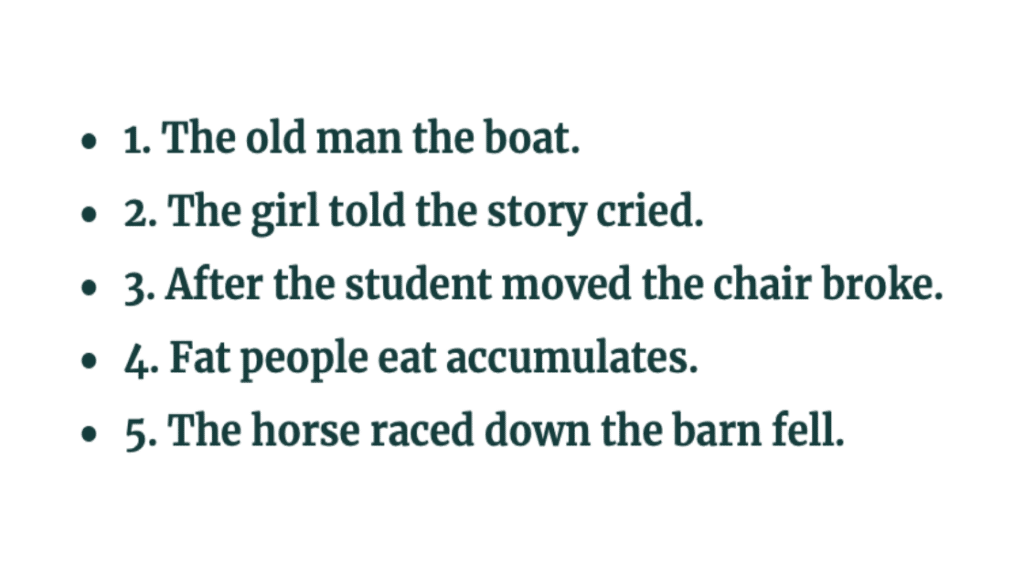To answer this question, let’s go back further than you might expect. The answer has two parts: how it sounds when spoken (pronunciation) and how it looks in writing (typeface).
History of the “w” sound
Being the 23rd letter of the alphabet, the letter “w” has a longer history than many realize. It originated from Old English, and when people tried to fit its sound into the ancient Roman alphabet, there were difficulties. The Latin alphabet had to find a way to represent the “w” sound. GrammarPhobia explains that in the 7th century, they solved this issue by using the symbol “uu,” which is basically two “u”s put together, creating the double-u we use today.
In the 8th century, the “uu” symbol got replaced by the “wynn” symbol (ƿ) from the Runic alphabet, which was used in Old and Middle English. Moving into the 11th and 12th centuries, scribes began using the “uu” symbol in a connected form, and this eventually evolved into the “w” shape we know today. There’s still some connection between the sounds of “u” and “w,” as seen in similar pronunciations. Lexico.com provides examples like flower/flour, guard/ward, and suede/Swede to illustrate this overlap.
History of the “w” shape
The reason why “w” looks like a double-v instead of a double-u is a bit puzzling and can be phonetically confusing. Historically, it would have made more sense for “w” to have curves like a double-u. So, why does it look sharp and distinctly like a double-v?
The answer goes back to the invention of the printing press in the 15th century. Initially, the letter “w” was represented by a single block shaped like a double-u or even two “v’s” if there wasn’t a specific “w” block. As printing technology advanced, it became more efficient to use a double-v block instead. That’s why the “w” we use today looks like a double-v, even though we say it as a double-u.
Conclusion
The “w” we see in print is definitely made up of two “v’s.” However, in cursive writing or specific fonts and handwriting styles, the “w” often looks more like the phonetic double-u. Whether you prefer one style over the other, it’s clear that “w” is a unique letter with a fascinating history.
Sources
Dictionary.com. What Does The Letter “U” Have To Do With “W”
Lexico. Why Is “W” Pronounced “Double U” Rather Than “Double V”?
GrammarPhobia. Why isn’t a W called a double v?






